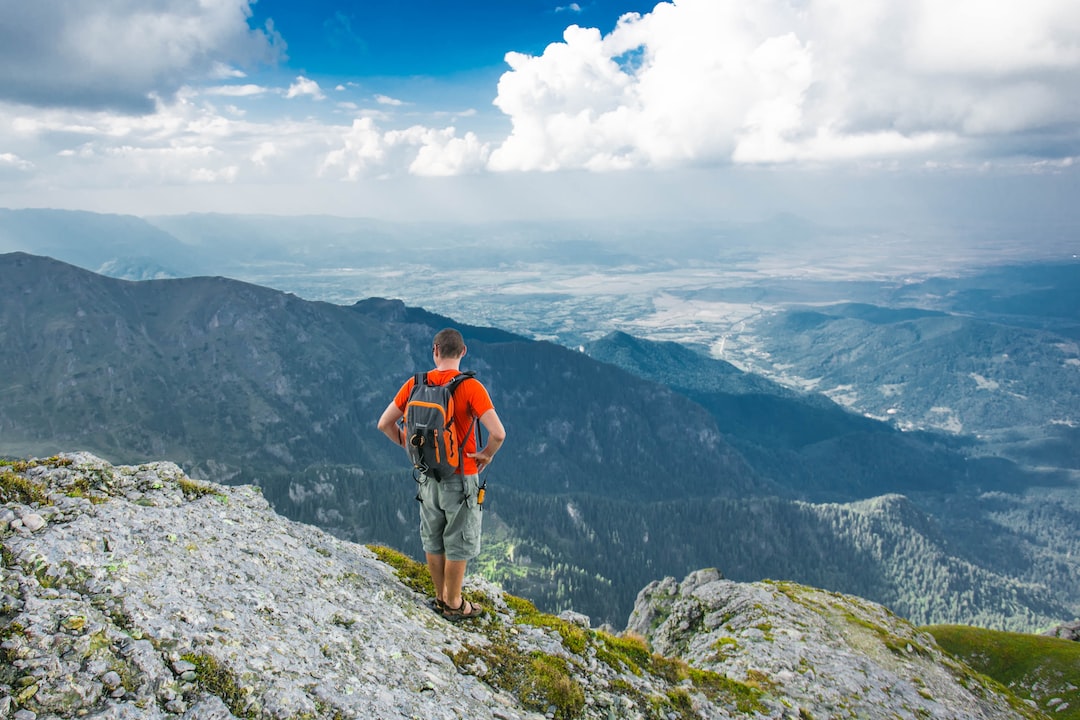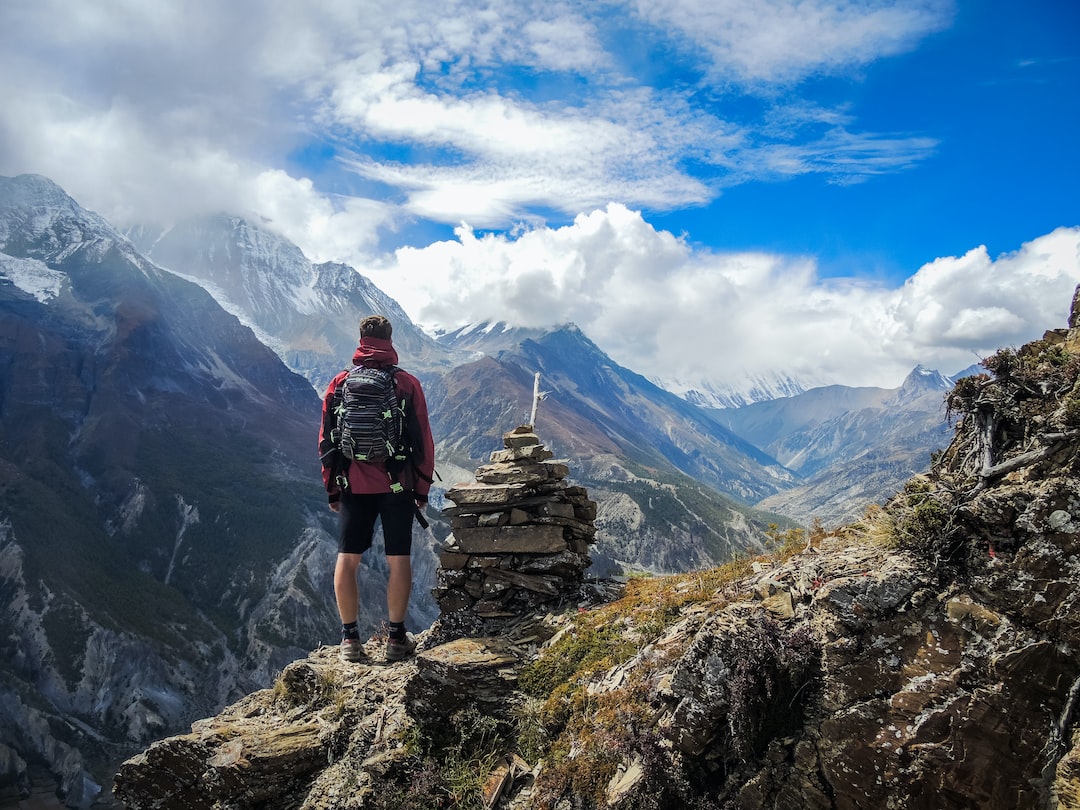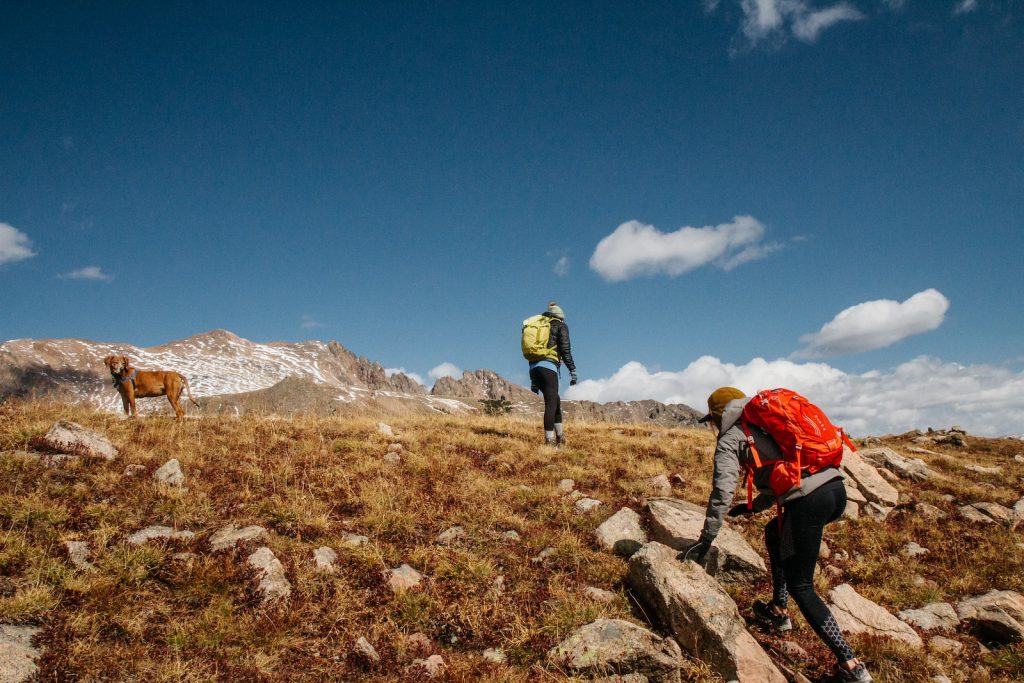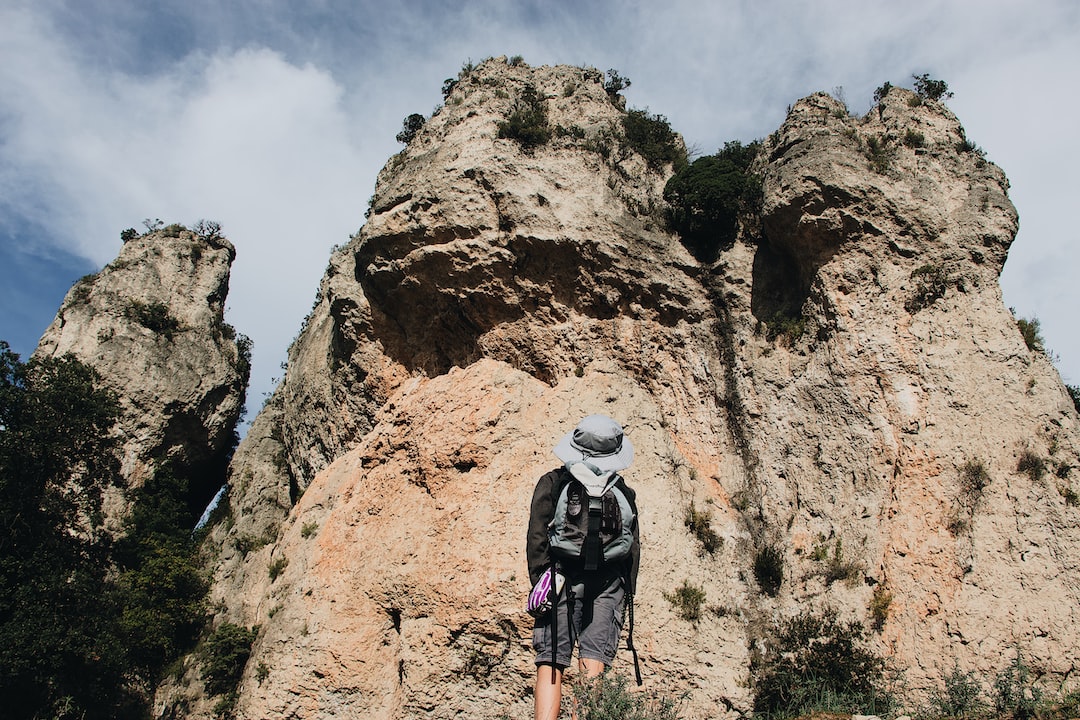It’s no secret that hiking can be quite demanding on the knees, especially if you’re tackling rough terrain with significant elevation changes. While gym workouts can undoubtedly help to build knee strength, many individuals prefer to avoid the gym, instead opting for alternative methods of conditioning. In this article, you’ll learn several effective, gym-free exercises and practices to help you build strong, resilient knees for your hiking adventures.
To strengthen knees for hiking without the gym, try exercises like step-ups, lunges, squats, and foam rolling. Additionally, focus on increasing your ankle and hip flexibility, maintaining a healthy bodyweight, and wearing proper footwear. Don’t forget to practice good walking technique and listen to your body to avoid overexertion or potential injuries.
Why Are Knee-Strengthening Exercises Important?
When it comes to hiking, your knees bear much of the load with each step you take. They not only provide stability but also absorb the impact from descending slopes and uneven surfaces. Strengthening the muscles surrounding the knee joint – primarily the quadriceps, hamstrings and calf muscles – can help to protect the knees from injury and improve overall performance on the trail.
A regular knee-strengthening regimen can result in several benefits:
– Reduced knee pain due to muscle imbalances
– Enhanced knee stability and proprioception
– Improved endurance, allowing you to hike more extended distances
With these advantages in mind, it’s crucial for any outdoor enthusiast to prioritize knee-focused training to ensure they can fully enjoy their hiking experiences.
What Types of Exercises Build Knee Strength for Hiking?
While it may seem challenging to find effective knee-strengthening exercises without gym equipment, several bodyweight and resistance band exercises can help build knee strength:
1. Single-leg squats: Stand with your feet shoulder-width apart. Lift one foot slightly off the ground and extend it forward, while keeping your core tight and back straight. Slowly bend the knee of your standing leg as you lower yourself into a squat. Hold for a moment, then push through the heel to return to the starting position. Repeat 10-12 times for three sets, and then switch to the other leg.
2. Lunges: Begin in a standing position with your feet hip-width apart. Take a large step forward with one foot and lower your back knee to the ground, creating a 90-degree angle with both knees. Keep your upper body straight and core engaged, and push through the heel of your front foot to return to the starting position. Complete 10-12 lunges on each leg for three sets.
4. Bridges: Lie on your back with your feet flat on the ground and your knees bent. Keep your arms at your sides with palms facing down. Squeeze your glutes and lift your hips off the ground, forming a straight line from your knees to your shoulders. Hold this position for a few seconds before slowly lowering your hips back to the ground. Complete 15-20 bridges for three sets.
5. Hamstring curls with a resistance band: Secure a resistance band around a sturdy object, such as a tree or post. Wrap the other end around your ankle and stand facing the object, with your knees slightly bent. Slowly curl your heel toward your glutes, keeping your hips and core stable. Hold for a moment before releasing and returning to the starting position. Complete 10-12 curls on each leg for three sets.
Incorporating these exercises into your fitness routine will help to develop the muscles that protect and stabilize the knee joint, contributing to improved hiking performance and reduced risk of injury.
Are There Any Additional Knee-Friendly Practices for Hikers?
In addition to exercises, there are several other practices you can incorporate into your routine to support strong, healthy knees:
1. Warm-up and cool-down effectively: It’s essential to make warming up and cooling down part of your routine before and after every hike. This will improve blood flow to the muscles, helping to prevent strains and sprains. Dynamic stretching is an excellent way to warm up, involving gentle, controlled movements that increase mobility and flexibility. In my experience, a good cool-down could involve gentle static stretches and foam rolling to release muscle tension and improve circulation.
2. Maintain a healthy body weight: Carrying excess weight puts additional stress on your knees, which may result in discomfort or injury. Maintain a healthy weight through a balanced diet and regular exercise to minimize the impact on your knees and help keep them pain-free.
3. Choose supportive footwear: The right hiking shoes or boots will provide arch and ankle support, cushioning, and traction that can lessen the strain on your knees. Cushioned insoles may also help to reduce knee stress during hikes on rough terrain.

4. Use trekking poles: Hiking with trekking poles allows you to transfer some of the stress and strain from your knees to your upper body. This can be especially crucial when navigating steep, uneven terrain or carrying a heavy backpack.
5. Adopt proper hiking techniques: It’s essential to learn proper hiking techniques to minimize stress on your knees. For example, when hiking downhill, avoid locking your knees and try to keep your steps light with your knees slightly bent. This will absorb the impact more efficiently, preventing discomfort and injury.
By integrating these considerations into your hiking routine, you’ll be well-equipped to support strong, healthy knees even without the gym. Now, go ahead and enjoy the great outdoors!
Additional At-Home Knee-Strengthening Exercises
Let’s explore additional at-home exercises that don’t require gym equipment but still effectively target the knee-supporting muscles:
6. Standing calf raises: Stand with your feet hip-width apart and your hands on your hips or holding a wall or chair for balance. Slowly raise your heels off the ground so that you’re standing on your tiptoes, engaging your calf muscles. Hold this position for a moment before lowering your heels back to the floor. Complete three sets of 10-15 repetitions.
7. Side-lying leg lifts: Lie on one side with your legs straight and stacked on top of each other. Rest your head on your arm and place your other hand on your hip. Slowly lift your top leg as high as comfortable, keeping your foot flexed and your hips squared. Lower your leg back down, but don’t let it rest on the other leg. Complete 10-12 repetitions on each side for three sets.
8. Wall sits: Stand with your back against a wall, with your feet shoulder-width apart and about two feet away from the wall. Slowly slide down the wall, bending your knees until you’re in a seated position with your thighs parallel to the floor. Hold this position for 30-60 seconds while engaging your quadriceps, hamstrings, and glutes. Rest and repeat for three sets.

9. Step-ups: Find a stable, elevated surface like stairs or a sturdy bench. Stand in front of the surface with your feet hip-width apart. Step up onto the surface with one foot, then bring the other foot up to meet it. Step back down with the same foot and repeat the process with the other leg. Complete 10-12 step-ups on each side for three sets.
10. Clamshells: Lie on one side with your head resting on your arm and your legs bent at a 90-degree angle, stacked on top of each other. Keep your feet touching and slowly lift your top knee, while keeping your bottom knee on the ground. Your legs should resemble a clam opening and closing. Complete 10-15 repetitions on each side for three sets.
Recovery Techniques For Knee Health
In addition to strengthening exercises and preventative practices, it’s crucial to prioritize recovery techniques to maintain the health of your knees. Here are a few suggestions for post-hike recovery:
1. Stretch: Ensure to thoroughly stretch your quadriceps, hamstrings, and calf muscles after hiking to promote flexibility and reduce muscle stiffness.
2. Ice: Icing your knees after a demanding hike can help reduce inflammation and alleviate any soreness.
3. Compression: Wearing compression socks or sleeves can aid in blood flow, reduce swelling, and prevent inflammation in your legs.
4. Elevation: Propping your legs up after a strenuous hike can help decrease swelling and promote blood flow back to the heart.
By incorporating these exercises, practices, and recovery techniques into your routine, you’ll not only strengthen your knees but also develop a well-rounded, injury-resistant foundation for hiking adventures. Stay consistent, and you’ll surely conquer any trail without the need for a gym membership.

Alternative Knee-Strengthening Activities
Aside from the exercises and techniques mentioned above, there are several other activities you can engage in to help build knee strength for hiking, without ever setting foot in a gym:
1. Yoga: Yoga can be an excellent practice to develop knee strength, balance, and flexibility. Several yoga poses, such as Chair Pose (Utkatasana), Warrior I & II (Virabhadrasana I & II), and Crescent Lunge (Anjaneyasana), can help to target the muscles that support the knee joint. Practicing yoga regularly can lead to improved stability and resilience, which translates well to hiking challenges.
2. Pilates: Pilates is another low-impact exercise form designed to strengthen your body’s core along with the muscles surrounding the knee joint. The controlled movements in Pilates focus on stability and proper body alignment, emphasizing the hamstrings, quadriceps, and glutes. As you progress in your Pilates practice, you may see a noticeable improvement in your knee strength and stability.
3. Swimming: Swimming is an excellent low-impact form of exercise that provides numerous benefits for hikers. The buoyancy of water provides a gentle environment for joint movement without putting excess stress on your knees, and you can still strengthen your muscles. Swimming targets the quads, hamstrings, and calf muscles, which support the knees, making it an ideal cross-training activity for hikers.
4. Cycling: Cycling, whether outdoor or stationary, can help to build strength and endurance in the muscles around the knees without placing undue stress on the joints. This low-impact exercise focuses on quad and hamstring strength, helping to protect your knees during hikes over rough terrain. Additionally, cycling can help to improve your cardiovascular fitness, which translates to better overall fitness for your hiking adventures.
5. Walk on uneven surfaces: Practice walking on uneven surfaces such as sand, grass, or rocky paths, to accustom your knees to different types of terrain you’ll encounter on hikes. This form of training can help you develop proprioception and improve the muscles’ balance and stabilization around the knee joint.
Progressive Conditioning for Knee Strength
As you continue to work on your knee strength, it’s essential to follow a progressive conditioning approach. Begin with lower intensity exercises and gradually increase the intensity and difficulty over time.
For example, start with bodyweight exercises such as squats, lunges, and bridges. As your knee strength improves, you can add resistance bands, perform single leg variations, or increase the number of repetitions and sets. Keeping track of your progress can help you stay motivated and ensure that you’re continually challenging your muscles as you work toward stronger knees for hiking.
In summary, there are many gym-free exercises and practices that you can incorporate into your routine to build stronger, more resilient knees for hiking. Always remember to listen to your body, progress at your own pace, and prioritize consistency. By staying committed and incorporating these techniques, you’ll be able to tackle your favorite trails with ease and confidence, without ever needing a gym membership.





